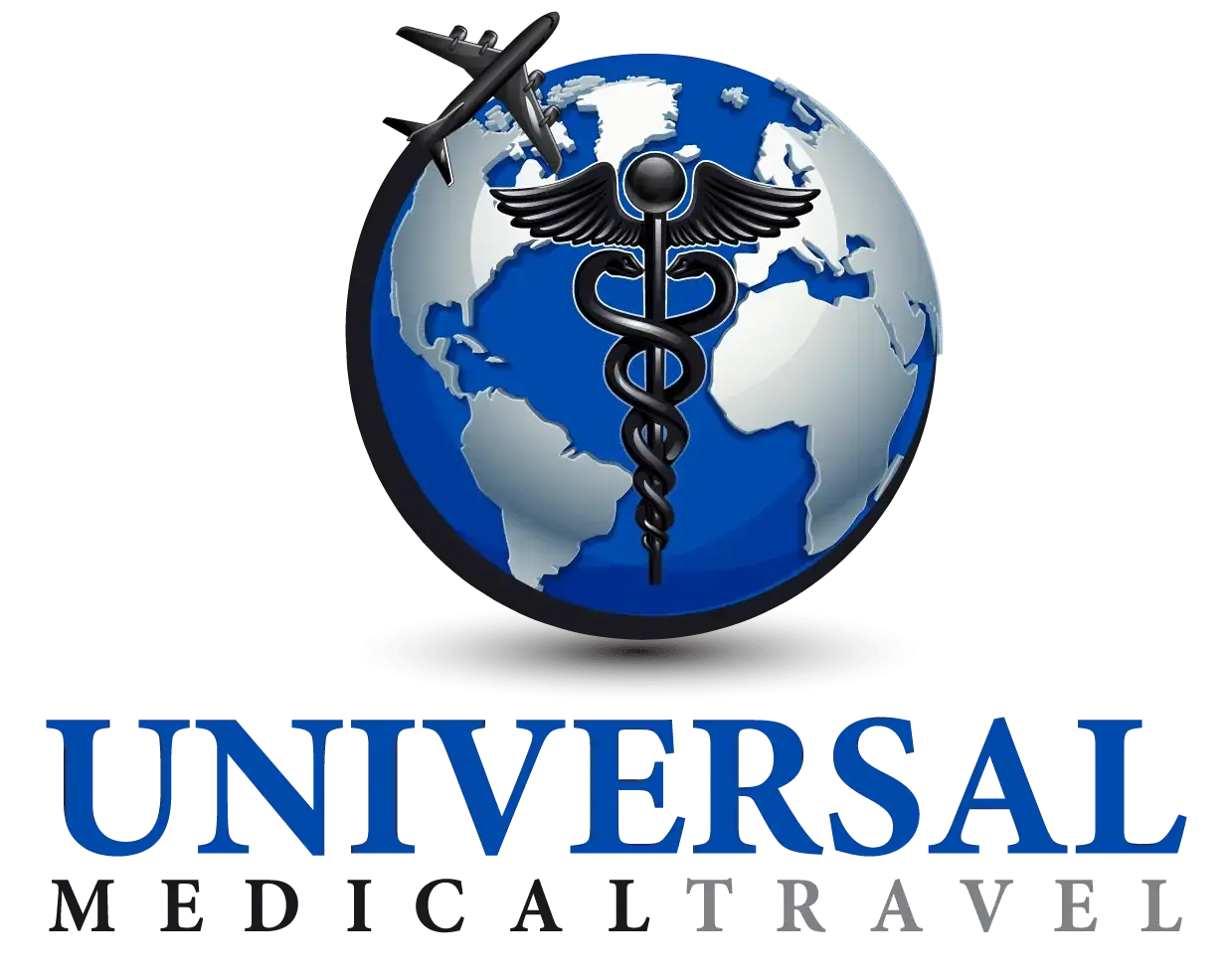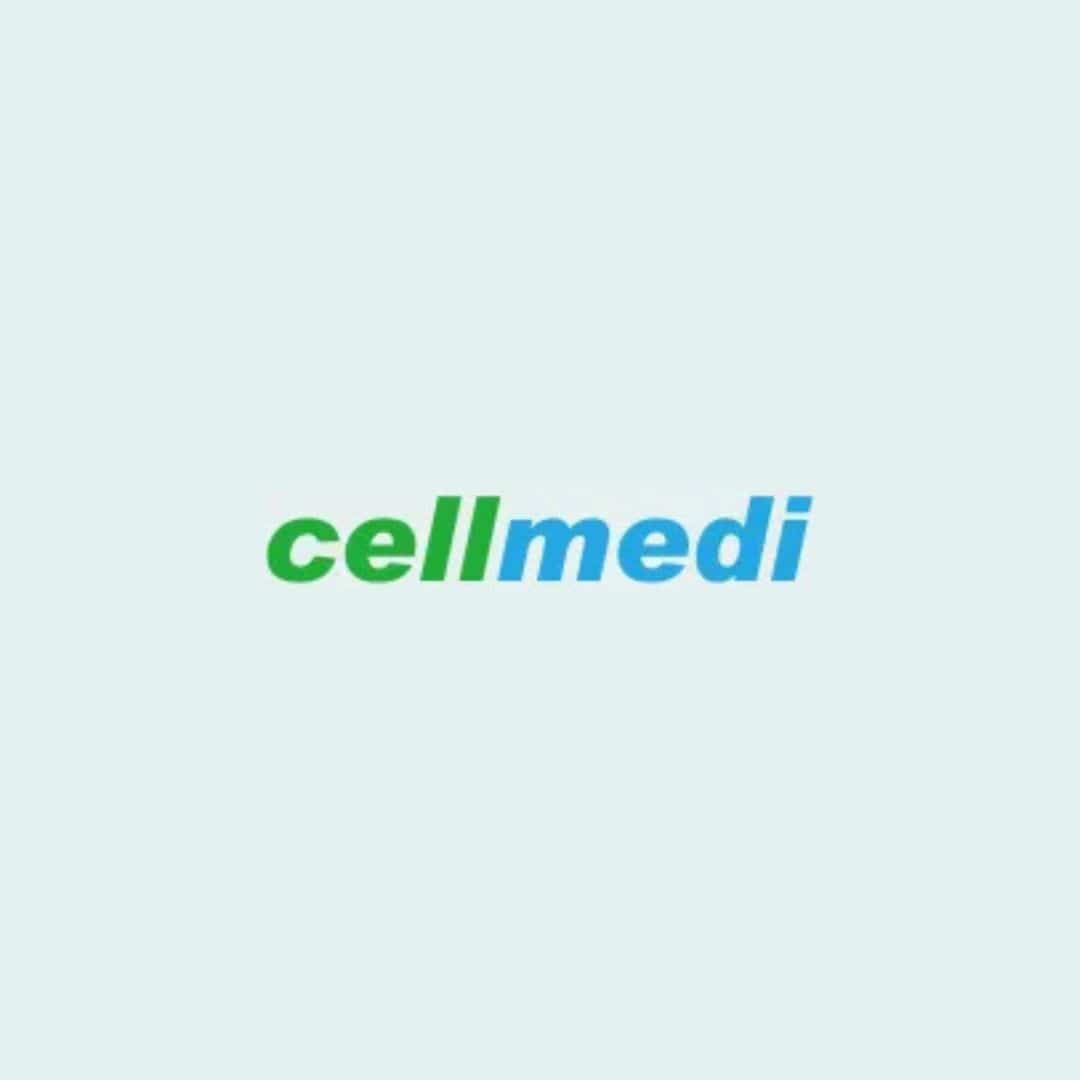Stem cell therapy in China offers cutting-edge regenerative treatments at affordable prices. Patients benefit from advanced medical technology and experienced specialists.
Stem cell therapy has emerged as a revolutionary medical treatment, offering hope for a variety of conditions once thought to be untreatable. China, with its rapidly advancing medical technologies, has become one of the global leaders in stem cell research and therapy. This blog delves into the nuances of stem cell therapy in China, from advancements in the field to the types of treatments available, regulatory landscape, and what patients can expect when seeking treatment in this thriving medical hub.
Costs of Stem Cell Therapy in China
The cost of stem cell treatment in China typically ranges from $10,000 to $46,000 USD, depending on the condition being treated and the number of therapy sessions required. Complex treatments like neurological disorders may fall on the higher end of the spectrum.
USD prices may fluctuate according to exchange rates.
| Disease List | 1 Treatment Course | Overseas Market Price (USD) |
|---|---|---|
| Internal Medicine Diseases (6 months) | ||
| Liver Fibrosis | 6 sessions | $36,000 |
| Liver Ischemia-Reperfusion Injury | 6 sessions | $85,000 |
| Non-Alcoholic Fatty Liver Disease | 6 sessions | $36,000 |
| Liver Cirrhosis | 6 sessions | $36,000 |
| Chronic Atrophic Gastritis Cell Therapy (Induced IPS Technology for Gastric Epithelial Cells) | 6 sessions | $85,000 |
| Cardiovascular Diseases (6 months) | ||
| Myocardial Infarction | 6 sessions | $46,000 |
| Type 2 Diabetes Cardiomyopathy | 6 sessions | $46,000 |
| Bone & Joint Diseases (3 months) | ||
| Osteoarthritis | 6 sessions | $36,000 |
| Rheumatoid Arthritis | 6 sessions | $36,000 |
| Joint Trauma | 6 sessions | $36,000 |
| Cartilage Repair | 6 sessions | $36,000 |
| Ankylosing Spondylitis | 6 sessions | $36,000 |
| Neurological Diseases (3 months) | ||
| Parkinson’s Disease | 6 sessions | $85,000 |
| Alzheimer’s Disease | 6 sessions | $85,000 |
| Multiple Sclerosis | 6 sessions | $85,000 |
| Traumatic Brain Injury & External Brain Injury | 6 sessions | $85,000 |
| Spinal Cord Injury | 6 sessions | $85,000 |
| Huntington’s Disease | 6 sessions | $85,000 |
| Stroke | 6 sessions | $85,000 |
| Lysosomal Storage Disease | 6 sessions | $85,000 |
| Complex Optic Damage (6 months) | ||
| Corneal Diseases (e.g., Corneal Injury) | 6 sessions | $56,000 |
| Retinitis Pigmentosa (RP) | 6 sessions | $75,000 |
| Age-Related Macular Degeneration (AMD) | 6 sessions | $75,000 |
| Diabetic Retinopathy | 6 sessions | $75,000 |
| Glaucoma | 6 sessions | $65,000 |
| Optic Neuritis | 6 sessions | $65,000 |
| Hereditary Optic Neuropathy | 6 sessions | $75,000 |
| Retinal Detachment | 6 sessions | $65,000 |
| Macular Hole | 6 sessions | $65,000 |
| Ocular Tumors (e.g., Retinoblastoma) | 6 sessions | $75,000 |
| Cancer-Related Diseases (6 months) | ||
| Cancer Prevention Vaccine (-86°C Cold Chain Transport) | 1 dose | $8,500 |
| Hematological Malignancies | 3 sessions | $85,000 |
| Solid Tumors | 3 sessions | $85,000 |
| Tumor-Related Complications | 3 sessions | $75,000 |
| Immune Modulation & Reconstruction | 3 sessions | $75,000 |
| Immune & Inflammatory Diseases (2 months) | ||
| Lupus Erythematosus | 2 sessions | $36,000 |
| Localized Scleroderma | 2 sessions | $36,000 |
| Hypertrophic Scars | 2 sessions | $36,000 |
| Reproductive System Diseases (3 months) | ||
| Premature Ovarian Failure | 3 sessions | $25,000 |
| Endometrial Injury | 3 sessions | $56,000 |
| Intrauterine Adhesion Repair | 3 sessions | $56,000 |
| Fallopian Tube Disease Treatment | 3 sessions | $56,000 |
| Metabolic Diseases (2 months) | ||
| Type 1 Diabetes | 2 sessions | $19,600 |
| Type 2 Diabetes | 2 sessions | $19,600 |
| Hypertension | 2 sessions | $19,600 |
| Hyperlipidemia | 2 sessions | $19,600 |
| Hyperuricemia | 2 sessions | $19,600 |
| Diabetic Syndrome | 2 sessions | $19,600 |
| Obesity Treatment | 2 sessions | $25,000 |
| Anti-Aging (1 month) | ||
| Female Intimate Cell Care (HPV Treatment, Vaginal Tightening & Hydration) | 20 days, 1 session/day | $11,000 |
| Male Function Enhancement (Size, Function) | 1 session | $26,800 |
| Anti-Aging & Beauty Rejuvenation | 2 sessions | $28,000 |
| Sub-Health Condition Improvement | 2 sessions | $28,000 |
| Immune Boosting | 2 sessions | $28,000 |
| Degeneration of Visceral Organs | 2 sessions | $28,000 |
| Endocrine Decline | 2 sessions | $28,000 |
| Skeletal & Musculoskeletal Degeneration | 2 sessions | $28,000 |
| Cardiovascular System Degeneration | 2 sessions | $28,000 |
| Blood Purification | ||
| Blood Purification (Blood Lipids, Uric Acid, Stroke Prevention) | 1 session | $7,100 |
| Blood Purification (Blood Lipids, Uric Acid, Stroke Prevention) | 3 sessions | $15,600 |
| Body Check | ||
| Peripheral Blood Lymphocyte Subgroup Immunophenotype Analysis (Immune Function Evaluation) | 1 session | $180 |
| Full Body Check-up | 1 session | $1,140 |
| All Functional Renewal | ||
| NMN Infusion (Standard Transport) | 1 session/month, 8-month cycle | $22,800 |
| High-Activity Stem Cell Infusion (For Various Diseases, Standard Cold Chain Transport) | For Doctor Use Only | $8,000 |
| Various Cellular Nutritional Supplements (Standard Transport) | See Price List | From $120 |
| Drug Delivery | Custom Pricing |
The cost of stem cell therapy in China can vary widely depending on the type of treatment, the clinic or hospital, and the number of sessions required. Neurological treatments or complex conditions like ALS may require multiple rounds of therapy, which can push costs higher. On average, treatments may range from $10,000 to $30,000 USD.
While these costs may be significant, they are often more affordable compared to similar treatments in the United States, Europe, or Australia, making China a sought-after destination for medical tourists.
Advancements in Stem Cell Research in China
China has made significant strides in stem cell research, heavily investing in clinical trials and research initiatives. The country is home to several renowned research institutions like the Chinese Academy of Sciences and prestigious hospitals such as the Beijing Puhua International Hospital and Shanghai Renji Hospital, both pioneers in regenerative medicine.
Chinese researchers have focused extensively on mesenchymal stem cells (MSCs) and induced pluripotent stem cells (iPSCs), exploring their potential in treating conditions like neurological disorders, diabetes, heart disease, and orthopedic injuries. A significant portion of China’s advancements comes from its ability to streamline clinical trials and quickly move from research phases to treatment applications.
Key Breakthroughs in Stem Cell Therapy in China
- Neurological Disorders: Research in China has produced groundbreaking results in using stem cell therapy for treating conditions such as Parkinson’s disease, spinal cord injuries, and stroke rehabilitation. Stem cells have been shown to promote nerve regeneration and reduce inflammation in these conditions.
- Diabetes: Stem cell therapies have been increasingly used to treat Type 1 diabetes by regenerating insulin-producing beta cells in the pancreas. Chinese clinics are actively offering this therapy, showing promise in reducing dependency on insulin injections.
- Anti-Aging Treatments: Stem cell-based facial rejuvenation and body regeneration treatments are growing in popularity in China, marketed as a way to restore vitality and youthful appearance by rejuvenating tissues and improving cellular health.
- Orthopedic Conditions: Stem cell therapy for osteoarthritis, cartilage injuries, and joint degeneration has shown significant promise. Chinese clinics utilize autologous stem cells from the patient’s body, minimizing risks of rejection and promoting faster recovery.
Types of Stem Cell Treatments Available in China
China offers a wide range of stem cell therapies, catering to both international and domestic patients. Below are some of the most commonly sought-after treatments:
- Neurological Stem Cell Therapy: Ideal for patients with neurological disorders such as multiple sclerosis, ALS, Parkinson’s, or traumatic brain injuries. These therapies use stem cells to regenerate damaged nerve tissues and improve motor and cognitive function.
- Orthopedic Stem Cell Therapy: Often used to treat joint pain, tendon injuries, and cartilage damage. The therapy involves using stem cells to repair damaged tissues, alleviate pain, and improve mobility.
- Autoimmune Disease Therapy: Stem cell therapy has shown potential in reducing the symptoms of autoimmune diseases such as rheumatoid arthritis, lupus, and Crohn’s disease. The treatment helps regulate immune responses and promote tissue regeneration.
- Anti-Aging and Cosmetic Treatments: Stem cells are used to stimulate cell regeneration for facial rejuvenation, hair restoration, and skin tightening, offering patients a minimally invasive alternative to traditional plastic surgery.
- Cardiovascular Therapy: Stem cell treatments are applied to treat heart disease and promote the regeneration of heart tissues damaged by heart attacks or other cardiovascular conditions. This therapy is particularly beneficial for patients in the early stages of heart failure.
Regulatory Landscape of Stem Cell Therapy in China
One of the key factors contributing to China’s rapid advancements in stem cell therapy is its relatively flexible regulatory environment. The National Medical Products Administration (NMPA) oversees the approval of stem cell therapies and clinical trials. In recent years, China has introduced regulations to ensure that treatments meet safety and ethical standards. However, the country’s system allows for a faster transition from research to clinical application compared to many Western countries.
Patients should carefully evaluate the credentials of clinics and hospitals before committing to treatment. Accredited hospitals and licensed practitioners are essential to ensuring safe and effective treatments.
Why Choose China for Stem Cell Therapy?
1. State-of-the-Art Facilities
China boasts world-class hospitals and research centers that are equipped with the latest medical technologies. Patients often benefit from cutting-edge treatments and personalized care in these state-of-the-art facilities.
Cell Medi Clinic
Cellmedi: Pioneering the Future of Health and Regeneration Cellmedi is a globally recognized high-tech enterprise at the forefront of cell therapy and regenerative medicine. With cutting-edge innovation and patient-centered care, the company operates two major subsidiaries: Shanxi Cell Therapy Technology Group and Shanxi Cell Resource Bank, headquartered within Shanxi Ren’an Hospital. At Cellmedi, we specialize in the processing…
2. Experienced Medical Professionals
Chinese doctors and scientists are at the forefront of stem cell research. Many have trained internationally and bring a wealth of experience to patient care, ensuring high-quality treatments.
3. Affordability
Compared to Western countries, stem cell therapies in China are often more affordable, despite offering comparable standards of care. This makes it an attractive option for patients seeking cost-effective treatments without compromising on quality.
4. Medical Tourism Infrastructure
China is rapidly expanding its infrastructure for medical tourism, offering packages that include not only medical treatments but also accommodation, transportation, and aftercare services, making the entire process smooth and stress-free for international patients.
What to Expect When Seeking Stem Cell Therapy in China
For international patients, the process of seeking stem cell therapy in China typically involves the following steps:
- Initial Consultation: Most clinics offer online consultations to assess the patient’s condition and determine their eligibility for treatment.
- Treatment Plan: Once approved, a detailed treatment plan is devised, outlining the number of therapy sessions required and any additional tests or procedures.
- Travel and Accommodation: Many clinics provide assistance with visa applications, transportation, and hotel arrangements to ensure a comfortable stay for medical tourists.
- Therapy and Aftercare: Patients undergo stem cell therapy in accredited hospitals, with post-treatment follow-ups provided by the clinic either in person or online.
Conclusion
China’s advancements in stem cell therapy have positioned the country as a top destination for cutting-edge medical treatments. With therapies ranging from neurological and orthopedic treatments to anti-aging solutions, China’s stem cell treatments offer hope for those seeking innovative solutions for chronic and complex conditions. If you’re considering stem cell therapy, China provides world-class treatment options at competitive prices, backed by experienced medical professionals and state-of-the-art facilities.
Your Health Journey Starts Here – Connect with Our Consultants Today!
Please complete and submit a Patient Information Form to authorize our agency to forward your protected health information to the healthcare provider of your choice.Get 5% off your treatment by using discount code UMT5%.
Patient Information Form



